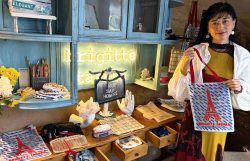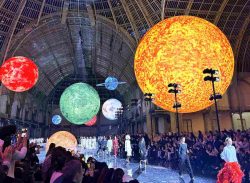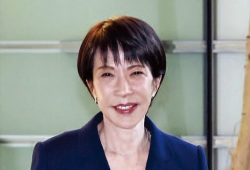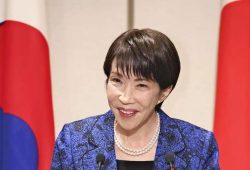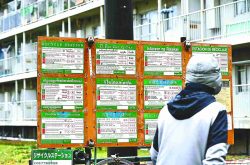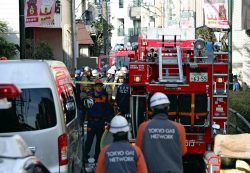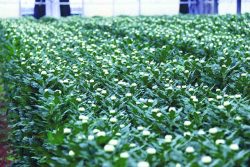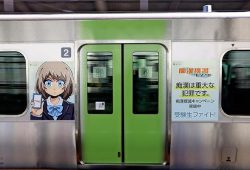Exhibition Tracing Fashion Designer Kenzo Takada’s Life; Displaying Colorful Clothes that Brightened the Fashion World
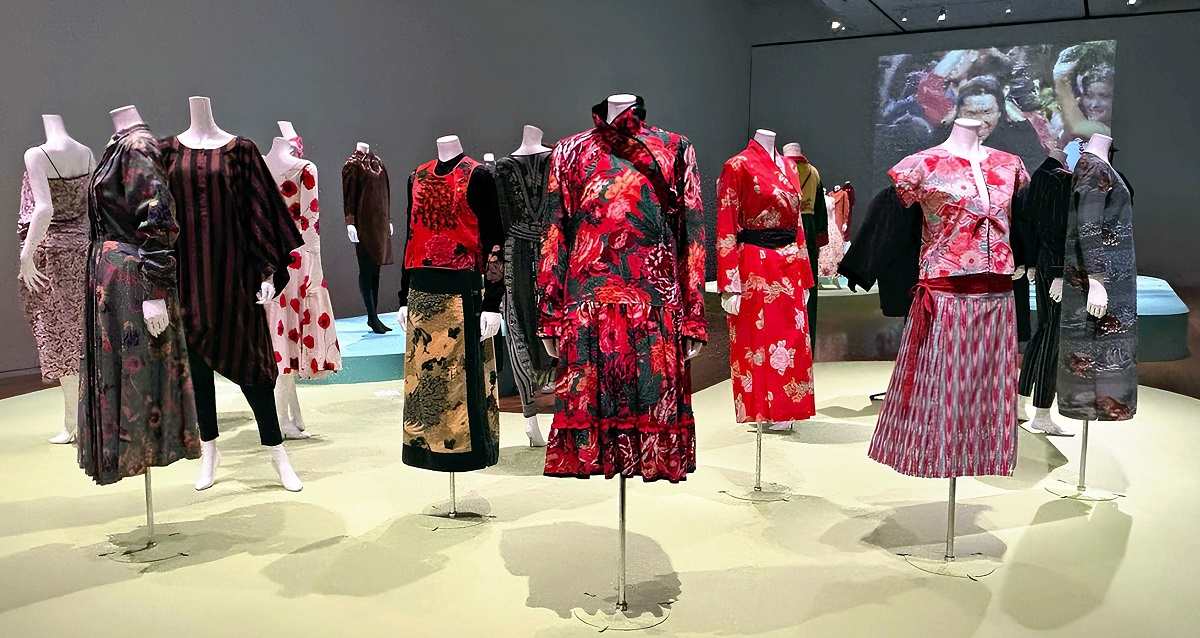
Kenzo Takada’s colorful folk attire dresses are seen at the Tokyo Opera City Art Gallery in Shinjuku Ward, Tokyo.
12:00 JST, August 30, 2024
An exhibition introducing the history of fashion designer Kenzo Takada and his creations is being held at the Tokyo Opera City Art Gallery in Tokyo’s Shinjuku Ward.
“Takada Kenzo: Chasing Dreams” is the first large-scale exhibition of his work since his death in 2020, showcasing Takada’s designs that sent shock waves through Western clothing culture with the creative use of colors and materials. Through the exhibits, visitors can also track Takada’s life from when he was a student to when he established his own brand after moving to France and into his later years.
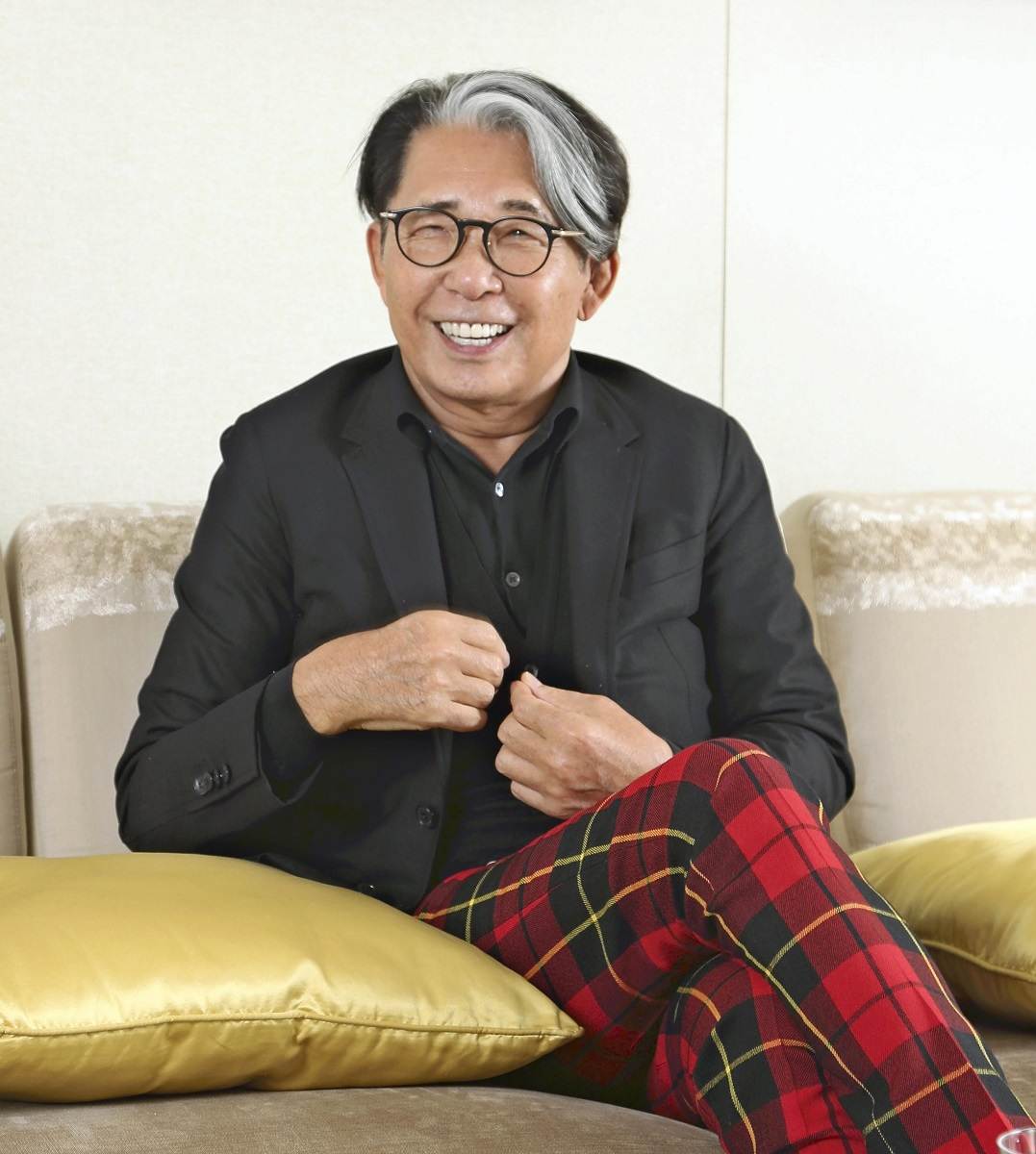
Kenzo Takada speaks during an interview with The Yomiuri Shimbun in 2018.
Takada studied fashion at the Bunka Fashion College in Tokyo before moving to France in 1965 — becoming one of first Japanese designers to do so. Takada opened his store in Paris in 1970 to present his first collection.
His innovative use of colors and materials captivated many, and he was nicknamed “the magician of colors.” He paved the way for the next generation of Japanese designers to take leading roles in the fashion world.
A wedding dress Takada presented at his autumn-winter 1982 collection is among the highlights of the exhibition. The dress is made of colorful ribbons with floral embroidery that he collected over about 20 years. Photos introducing the process used to make the dress are also shown at the exhibition.
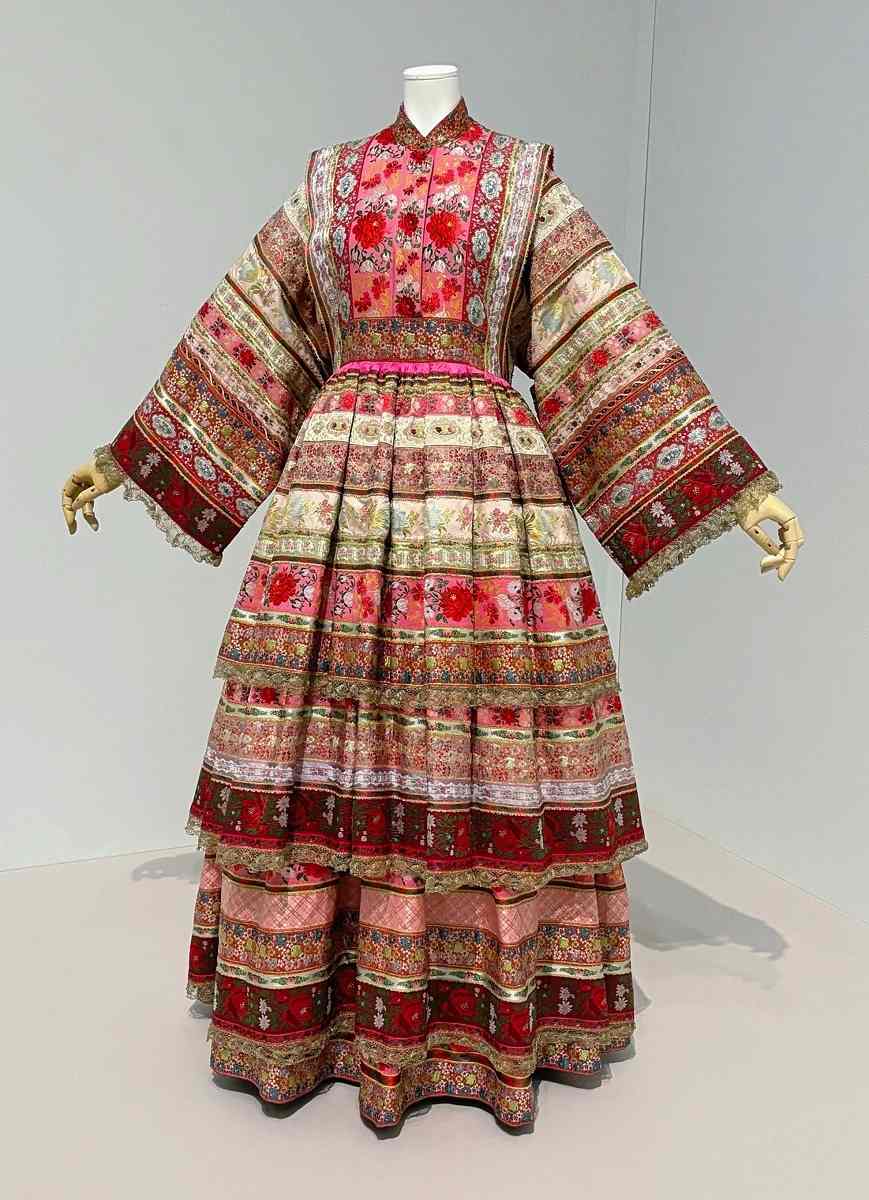
A wedding dress made with ribbons
Clothes made with Japanese fabrics such as tsumugi — a traditional material woven with raw silk — and yukata summer kimono fabric are also on display. Inspired by kimono, dresses designed by Takada incorporate straight patterns and loose silhouettes, demonstrating their difference from Western clothes that emphasize the lines of the body.
Takada’s folk attire creations mainly from the 1970s to 1980s were inspired by ethnic costumes from around the world — including nations in Asia, Eastern Europe and Africa. They are regarded as synonymous with the designer. The exhibition space, filled with distinctively colored clothing, is spectacular.

A dress made with Japanese fabric
According to the gallery, it is rare to see so many of the works from the 1970s in one exhibition, because so few still exist.
Visitors can also examine the chronology of the designer’s life and sketches of his designs. “We hope visitors will get a sense of Takada’s earnest and warm personality through the exhibits,” said curator Sunao Fukushima.
The exhibition explains why Takada, who created clothes with a playful spirit that transcended borders and cultures, is still beloved around the world.
The exhibition will run through Sept. 16. The museum is closed on Mondays. Admission is ¥1,600 for adults; ¥1,000 for college and high school students; and free for junior high school students and younger.
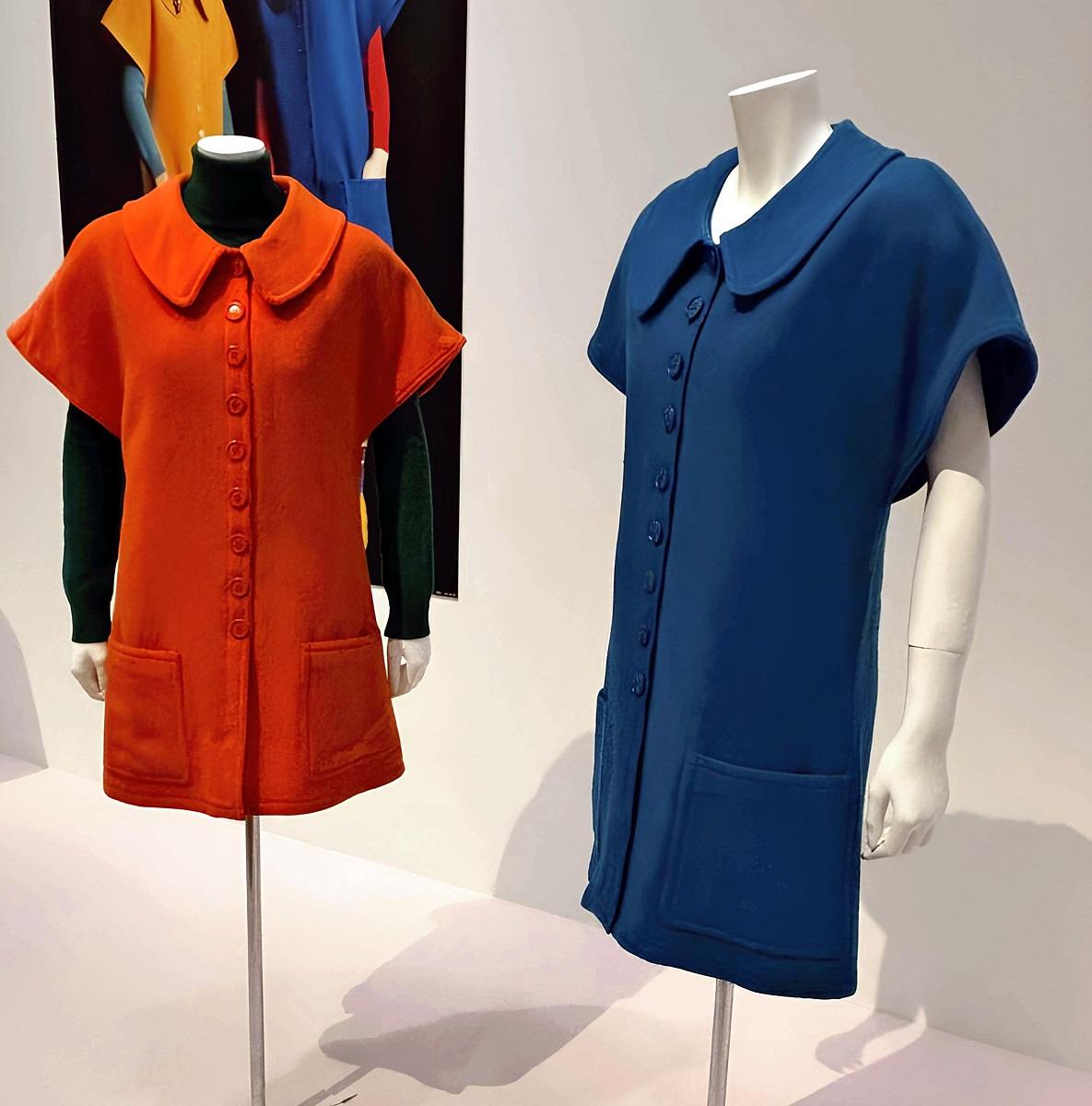
Loose-silhouette dresses Takada designed in the 1970s
"Culture" POPULAR ARTICLE
-
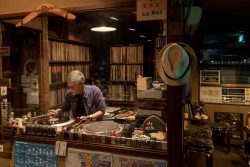
Tokyo’s Jazz Kissa Cafes Documented by Belfast-Born Photographer Philip Arneill
-

Popularity of Piggy Banks Across Time and Place Seen at Bank’s Museum of Money Boxes in Hyogo Pref.
-
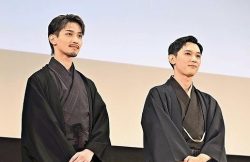
Film ‘Kokuho’ Screened at Tokyo’s Kabukiza Theatre, Historic Hub for Traditional Art Form
-
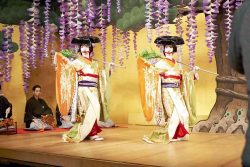
‘Kokuho’ Creates Opening for Japan’s Film Industry with Lavish Depiction of Kabuki
-
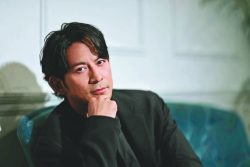
Junichi Okada Wears Three Hats in ‘Last Samurai Standing,’ Serving as Star, Producer, Action Choreographer in Thrilling Netflix Period Drama
JN ACCESS RANKING
-

BOJ Gov. Ueda: Highly Likely Mechanism for Rising Wages, Prices Will Be Maintained
-

Core Inflation in Tokyo Slows in December but Stays above BOJ Target
-

Osaka-Kansai Expo’s Economic Impact Estimated at ¥3.6 Trillion, Takes Actual Visitor Numbers into Account
-

Japan Govt Adopts Measures to Curb Mega Solar Power Plant Projects Amid Environmental Concerns
-

Japan, U.S. Start Talks on Tokyo’s $550 Bil. Investment in U.S.; Energy, AI Projects Were Focus of 1st Meeting



